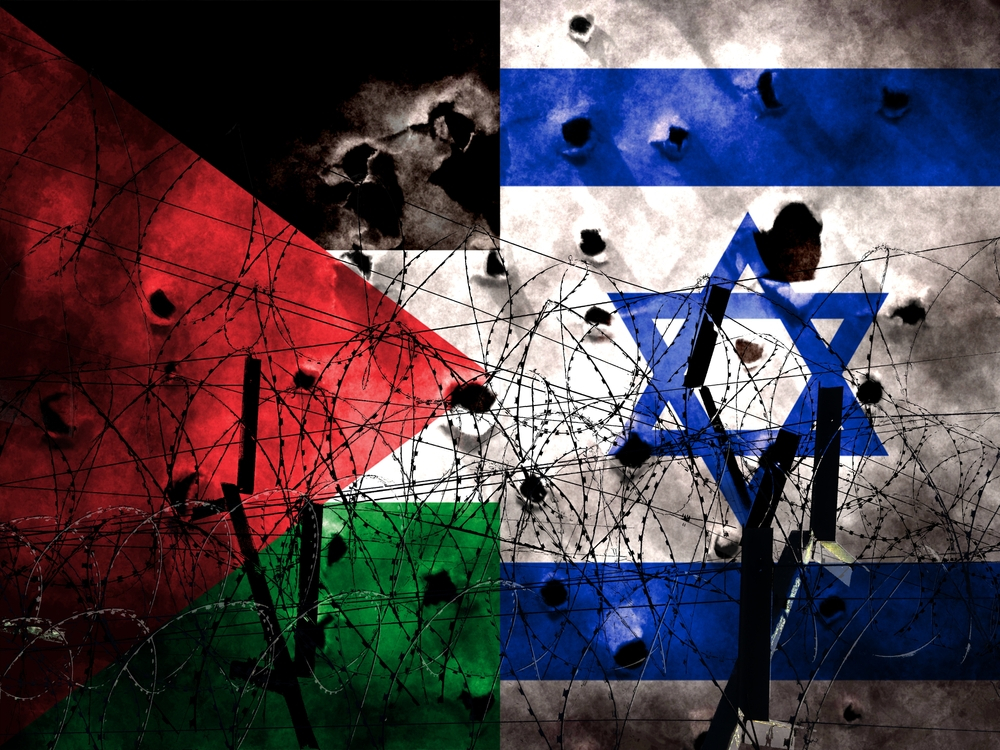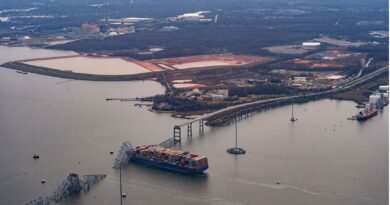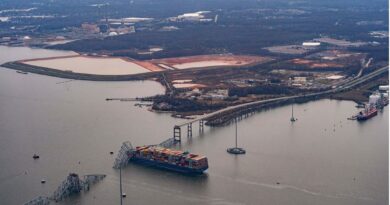Exploring the History of the Israel-Gaza War
Surprisingly, on October 7th, the Palestinian militant group Hamas began its unanticipated incursion into Israel. The gunmen went into the surrounding communities adjacent to the Gaza Strip and caused a devastating death toll. More than 1400 Israelis died. The Israeli army told us about twenty-three of its personnel, along with civilians—men, women, and even children—taken as hostages to Gaza. In response, the Israeli army conducted air and artillery attacks against Gaza, which resulted in the sad deaths of more than 10,770 Palestinians, as per the Hamas-controlled health department.

Pre-1948: The Complex Landscape of Palestine
After the fall of the Ottomans at the end of the First World War, Palestine became a British protectorate until 1948, when the State of Israel was proclaimed. Although Palestine had a mixed population where small ethnic groups held minority positions, the Jews were tiny. The origin of this tension stems from the colonial authorization issued by the UK that sought to establish a “national home” in Palestine for Jews under the declaration of Balfour in 1917. There were disputes between the Jews and Palestinian Arabs over ownership rights over this declaration that was approved by the League of Nations in 1922.
Further complicating this is the influx of Jewish refugees between the ’20s and ’30s who were fleeing persecution in Europe, particularly during the Nazi holocaust. This period was preceded by an intense conflict involving the Arab Jews and opposition toward British rule. During the UN in 1947, the suggestion was made of the partition of Palestine between Jewish and Arab states while making Jerusalem under international administration. Although embraced by Jewish authority, this idea was rejected from the other side by the Arabs and hence failed to materialize.
Also read: Palestinian Students Suspended by Israeli Universities
The Birth of Israel: A Confluence of Conflicts
As the situation remained volatile, Britain eventually had to withdraw in 1948, and the Jewish leaders proclaimed the formation of the State of Israel. The intention was twofold: a place of asylum for Jewish refugees and their national home. Nonetheless, it provoked an instant confrontation. The following day, when the Arab states attacked after the declaration of the Israeli state, a great disaster known as al nakba (the catastrophe) swept hundreds of thousands of Palestinians out of their houses, either by flight or forced expulsion.
Following the conflict, Israel controlled most of the area, while Jordan occupied the West Bank and Egypt was in charge of Gaza. As such, Jerusalem became a partitioned town, with the Israeli occupants in the western parts and the Jordanians at the eastern end. This, however, did not bring any peace agreement afterward, and further wars and continuing disputes followed up to this day. Israel was born at a critical point in history that affected the course of events leading to the Israel-Gaza war.
Mapping Israel
After the Six-Day War in 1967, Israel controlled East Jerusalem, the West Bank, the Syrian Golan Heights, Gaza, and the Sinai Peninsula. In terms of geopolitics, this greatly affected the Palestinians, where the majority of refugees moved to Gaza, the West Bank, Jordan, Syria, or Lebanon along with their children. Regarding this matter, Israel continues to insist that accepting them back would result in congestion as well as endanger their status as a “Jewish state.” Today, Israel has continued occupying the West Bank while claiming the whole of Jerusalem to be the capital city, while Palestinians imagine that east Jerusalem will serve as the capital of this state. Additionally, there is a complex issue as a result of the construction of settlements in the West Bank and East Jerusalem, which host more than seven hundred thousand Jews. Though such settlements have been declared illegal by many countries and international organizations, Israel is non-compliant.
The Enigma of Gaza
To the south of Israel, there is the tiny state of Gaza, which is located by the coast of the Mediterranean Sea and has only one short borderline in its southern part towards the state of Egypt. It is home to more than two million people, making it a highly populous place in the world. After the 1948–1949 war, Egypt occupied Gaza for approximately 19 years, whereas Israel ruled it from 1967 until 2005. Israel withdrew troops and settlers in 2005 but maintained control of Gaza’s airspace, borders, and seashore. Jews also set up their outlets during this period. In this regard, though the UN still classifies Gaza as an occupied territory, this complicates its status.
Challenges in Israeli-Palestinian Relations
This ongoing dispute between Israeli and Palestinian communities has gone on for centuries, with many unsettled issues that foster ever-present hatred. Such contentions as the fate of Palestinian refugees, settlements in the occupied West Bank, control over Jerusalem, and the establishment of a state next to Israel are disputable. All these unresolved issues constitute the gist of the continued clashes, which makes it impossible to achieve lasting settlement and ensures that disputes remain circular.
Efforts toward Resolution
In the past, peace negotiations between Israel and Palestine have moved forward in a stop-start fashion. A glimpse of hope was seen with the recognition of the State of Israel by the Palestinians and the PLO as a single representative for the Palestinian people. However, the optimism diminished and led to increased settlers’ activities within the occupied Arab lands and aggressiveness, especially from the Hamas. Finally, the political climate worsened and led to more severe events, such as the assassination of Prime Minister Yitzhak Rabin in 1995.
While efforts were made to rekindle reconciliation in the millennium, the 2003 road map for a two-state plan had challenges that finally failed. Tensions increased by the end of 2014 during peace talks that ended nowhere, forcing the latest proposal, called “the deal of the century,” pushed by then-president Donald Trump but unsuccessful. Indeed, such a difficult, tortuous path of failed attempts represents a great challenge in the matter of finding a final solution once and for all.
Causes of the Current Israel-Gaza Conflict
However, this constant clash between Israel and Gaza has underlying historical and political reasons that cannot be eliminated. Tension has existed around Gaza, which is at present under the control of the Hamas-Islamist group. Hamas has been labeled as a terrorist organization by the UK and many others to wipe out Israel. In the 2006 election, it succeeded in driving out the Fatah movement spearheaded by President Mahmoud Abbas and gained control over Gaza in 2007.
Ever since that time, Gaza had different conflicts with Israel, with both parties being locked into a complicated matrix of military skirmishes. Israel and Egypt have implemented a partial embargo on Gaza to separate Hamas, thus limiting assaults, including rocket fire, against Israeli settlements. Palestinians in Gaza accuse the Israelis of punishing whole people with restrictions and airstrikes, especially in highly populated territories. This year is the most violent ever recorded in occupied Gaza, West Bank, and East Jerusalem, making the Palestinians suffer the greatest ever loss of life.
Also read: The Best Countries to Study Abroad for Indian Students
International Positions in the Conflict
This support and condemnation have been rendered by different parts of the world on either side involved in the contemporary conflict. The USA, the EU countries, and Western countries have openly condemned the Hamas attack on Israel. As the closest ally of the US, Israel has received more than $260 billion in foreign economic and armed assistance. Also, the US declared that it would provide more weapons to Israel, including Javelin air defense missiles, GBU-31/B, and other spare parts. Showing a united stance, the USA sent two aircraft carrier strike groups into the eastern Mediterranean Sea to stop any attacks by Hezbollah and others.
Contrary to this, Russia and China have refused to condemn Hamas and continue relating to those behind the conflict. Specifically, Russian President Vladimir Putin considers that U.S. policies have hindered peace in the Middle East. Iran, an age-long sworn enemy of Israel, serves as a major backer for both the Hamas and the Hezbollah. Since Hamas started shooting, he has been involved in many skirmishes with Israeli soldiers. In addition, the geopolitical environment complicates the case for Israel-Gaza. The international support and condemnation are in different forms.
Wrapping Up
There is more in dipping in the turbulent history of the Israel – Gaza conflict than echoes from the past. It’s a moving experience about the deep hurts, dreams, wounds, and emotions of people who are involved in the political situation in the country. This story does not unfold merely as another yarn; rather, it is an appeal for reason, and common ground towards the envisioned ideal future.





Pingback: Why Study in the USA in 2024: for international students - Hiremaster.pk
Pingback: UK Intakes 2024: September, January, and May Intakes - Hiremaster.pk